What Is A 1a Camera Filter?
In the world of photography, achieving the perfect shot often requires more than just a good camera and lens. Filters play a crucial role in enhancing image quality, and among the various types available, the 1A camera filter stands out for its specific benefits. This article delves into what a 1A camera filter is, its uses, and why it might be an essential addition to your photography toolkit.
Understanding the 1A Camera Filter
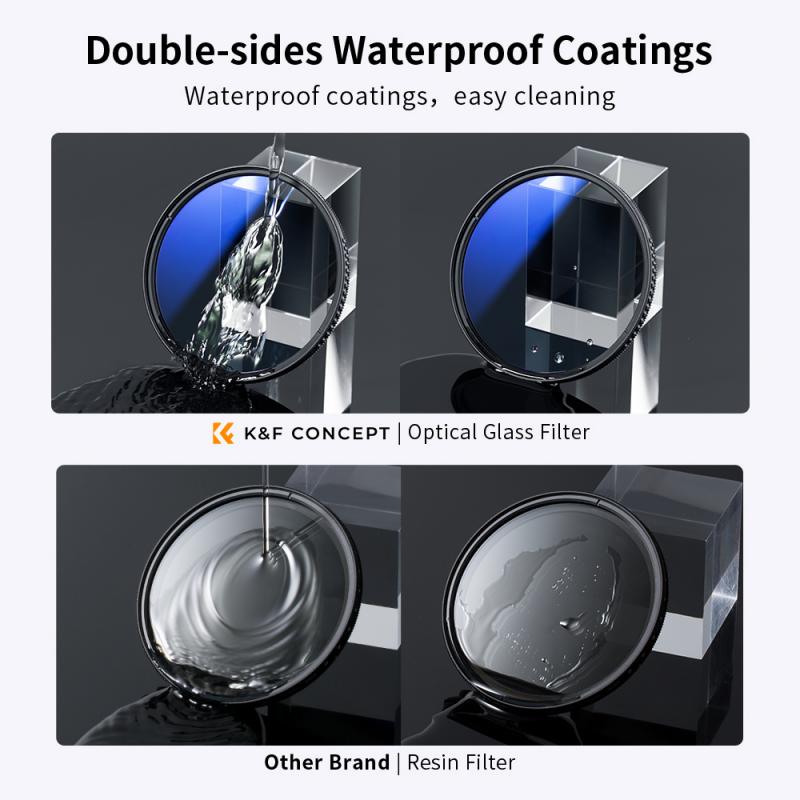
A 1A camera filter, also known as a skylight filter, is a type of optical filter that photographers attach to the front of a camera lens. Its primary function is to reduce the bluish cast that can occur in outdoor photography, particularly under clear skies. This filter is typically made from high-quality glass or optical resin and is designed to be transparent, allowing most of the light to pass through while subtly enhancing the image quality.
Key Functions of a 1A Camera Filter
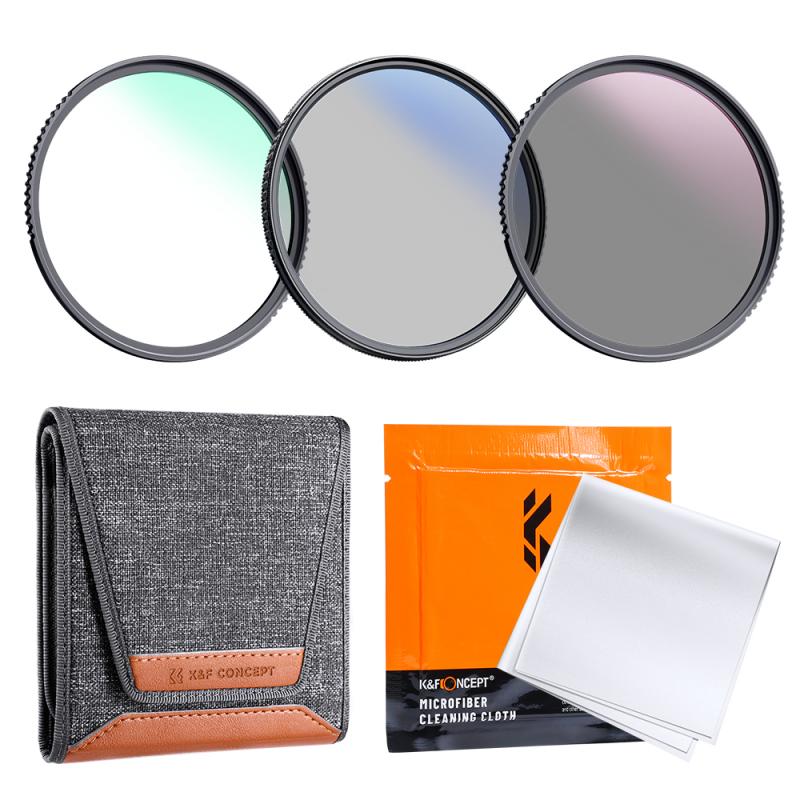
1. Color Correction: The 1A filter is particularly effective in reducing the blue tint that can dominate outdoor photographs. This is especially useful when shooting in high-altitude locations or on clear, sunny days. By filtering out some of the blue light, the 1A filter helps to produce more natural and balanced colors in your images.
2. Lens Protection: One of the practical benefits of using a 1A filter is that it serves as a protective layer for your camera lens. It can shield the lens from dust, scratches, and minor impacts, thereby prolonging the life of your expensive equipment.
3. UV Reduction: While not as effective as dedicated UV filters, the 1A filter does offer some reduction in ultraviolet light. This can help to minimize haze and improve image clarity, particularly in outdoor settings.
4. Improved Contrast: By reducing the blue cast and some UV light, the 1A filter can enhance the overall contrast of your images. This results in photographs that are crisper and more vibrant.
When to Use a 1A Camera Filter
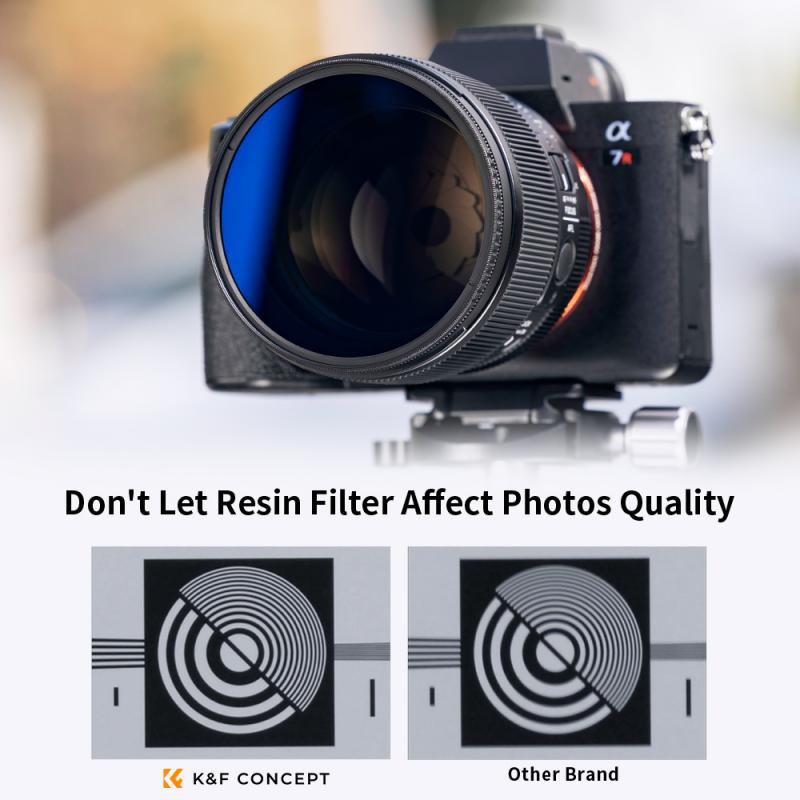
The 1A filter is versatile and can be used in various scenarios to improve image quality. Here are some situations where it proves particularly beneficial:
- Outdoor Photography: Whether you are capturing landscapes, cityscapes, or outdoor portraits, the 1A filter helps to neutralize the blue cast and produce more accurate colors.
- High-Altitude Photography: At higher altitudes, the atmosphere is thinner, and the blue light is more pronounced. The 1A filter can mitigate this effect, resulting in clearer and more natural images.
- Protective Use: Even if you are shooting indoors or in conditions where color correction is not necessary, using a 1A filter can protect your lens from potential damage.
Comparing 1A Filters with Other Filters
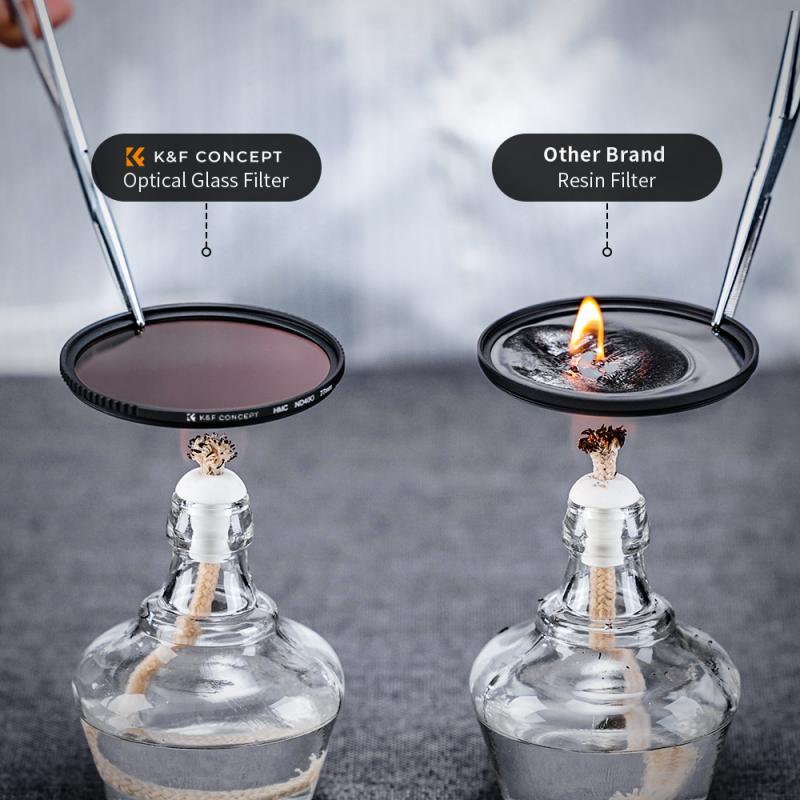
While the 1A filter has its unique advantages, it is essential to understand how it compares with other types of filters to make an informed decision.
- UV Filters: UV filters are specifically designed to block ultraviolet light and are more effective in reducing haze. However, they do not offer the same level of color correction as the 1A filter.
- Polarizing Filters: These filters are excellent for reducing reflections and enhancing colors, particularly in landscape photography. However, they are not designed for general color correction or lens protection.
- ND Filters: Neutral Density (ND) filters reduce the amount of light entering the lens, allowing for longer exposure times. They do not affect color balance or offer lens protection.
Choosing the Right 1A Filter
When selecting a 1A filter, consider the following factors to ensure you get the best performance:
- Quality of Glass: Opt for filters made from high-quality optical glass to ensure minimal distortion and maximum clarity.
- Coating: Multi-coated filters reduce reflections and increase light transmission, resulting in better image quality.
- Size: Ensure the filter size matches your lens diameter. Most filters are available in various sizes to fit different lenses.
Practical Tips for Using a 1A Camera Filter
To get the most out of your 1A filter, follow these practical tips:
1. Keep It Clean: Regularly clean your filter to avoid dust and smudges that can affect image quality. Use a microfiber cloth and lens cleaning solution for best results.
2. Check for Vignetting: When using wide-angle lenses, check for vignetting (darkening of the corners) caused by the filter. If this occurs, consider using a slim-profile filter.
3. Stacking Filters: Avoid stacking multiple filters, as this can lead to increased reflections and reduced image quality. If you need to use multiple filters, consider using a filter holder system.
The 1A camera filter is a valuable tool for photographers looking to enhance their outdoor images. By reducing the blue cast, offering some UV protection, and serving as a protective layer for your lens, it provides multiple benefits that can improve your photography. Whether you are a professional photographer or an enthusiast, adding a 1A filter to your kit can help you achieve more natural and vibrant images. Remember to choose a high-quality filter, keep it clean, and use it appropriately to get the best results.

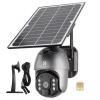




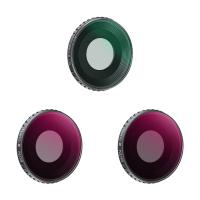
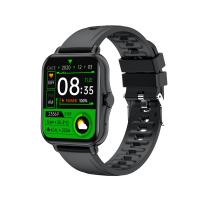
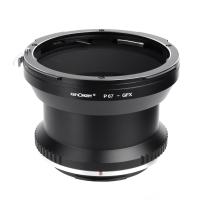
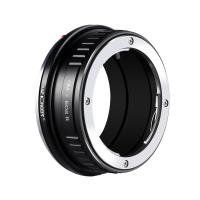



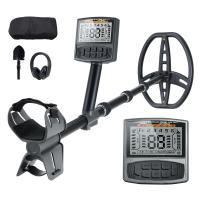
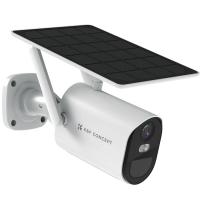

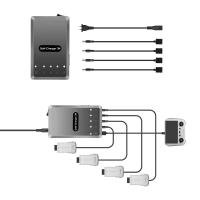

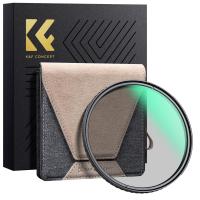
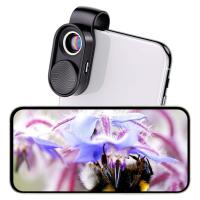
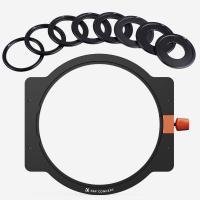
-200x200.jpg)
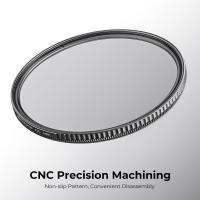
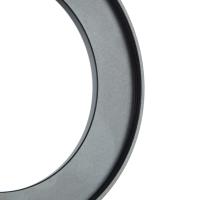
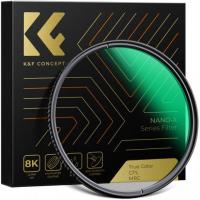
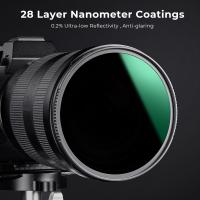
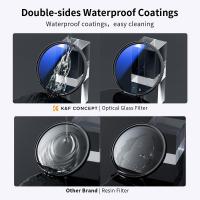
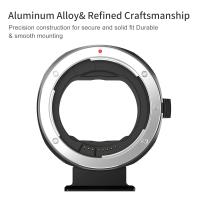
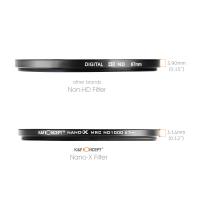

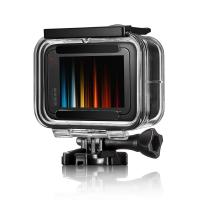


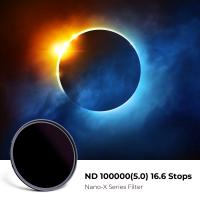
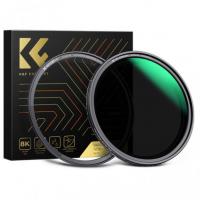

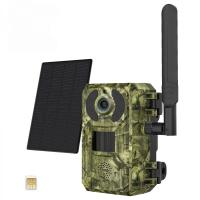
There are no comments for this blog.